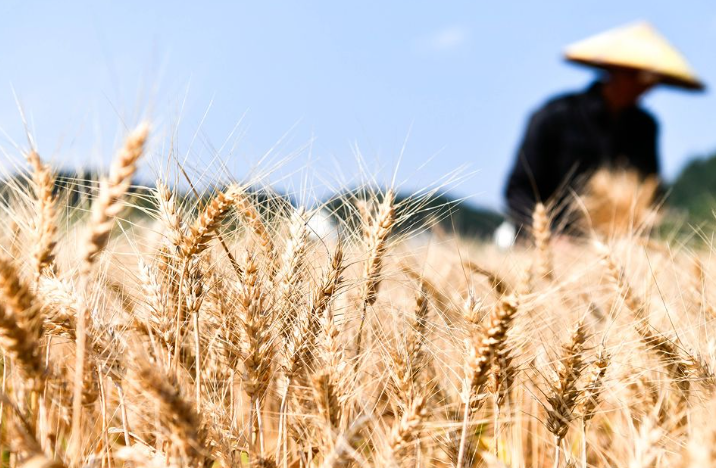
Record Grain Output in China
In a recent report, the Chinese state newspaper People’s Daily highlighted China‘s record grain output for the year, marking the 20th consecutive bumper harvest. However, experts are sounding alarms about the country’s decreasing food self-sufficiency rate, emphasizing its heavy reliance on imports.
Record-High Grain Output
China achieved a remarkable annual grain output exceeding 1.39 trillion kilograms this year, as reported by the Ministry of Agriculture and Rural Affairs. The nation aims to stabilize the production of key grains like rice, corn, and soybeans in 2024 to ensure a continued output above 1.3 trillion kilograms.

Food Self-Sufficiency Challenges
Despite the impressive grain output, concerns arise as self-sufficiency in “food rations” doesn’t encompass the broader food spectrum, leading to substantial imports of corn, sorghum, and legumes. A report by the Chinese Academy of Social Sciences predicts a potential grain gap of about 130 million tons by 2025, equivalent to 10% of the projected 2024 output.
Dropping Food Self-Sufficiency Rate
Official statistics reveal that China’s food self-sufficiency rate has dropped from 93.6% in 2000 to 65.8%, with over one-third of its food now relying on imports. This raises concerns about national security, considering China’s position as the world’s largest food importer. This record grain output in China is not only good news.
Global Impact and Environmental Concerns
China’s surge in agricultural imports has global ramifications, contributing significantly to deforestation, according to a report by the Center for Economic Policy Research. The shift of Chinese farmland to other uses, coupled with urbanization and changing dietary patterns, poses severe challenges to China’s food security in the next decade.
Loss of Agricultural Land and Rising Costs
The loss of agricultural land, converted to non-farm use like factories and urban development, has contributed to China’s reduced ability to feed itself. Experts note that higher land and labor costs for grain cultivation in China, compared to the United States, impact the nation’s food production capabilities.
Dependency on Trade and International Cooperation
China acknowledges its dependence on a few countries, including the U.S., Canada, and Australia, for food imports. To diversify its sources, China has established cooperation with over 140 countries and regions. However, challenges persist, and concerns linger about potential disruptions to food imports due to geopolitical risks or maritime embargoes.
Looking Ahead: Preparedness and Concerns about Record Grain Output in China
Experts suggest that, for the foreseeable future, China will need to rely on trade for a portion of its food production. Despite ongoing efforts to secure diverse sources, Beijing remains wary of potential disruptions, especially in times of military clashes or trade tensions with major food suppliers. China’s continuous efforts to learn from past events aim to better prepare the nation for any future challenges in its food security landscape.









